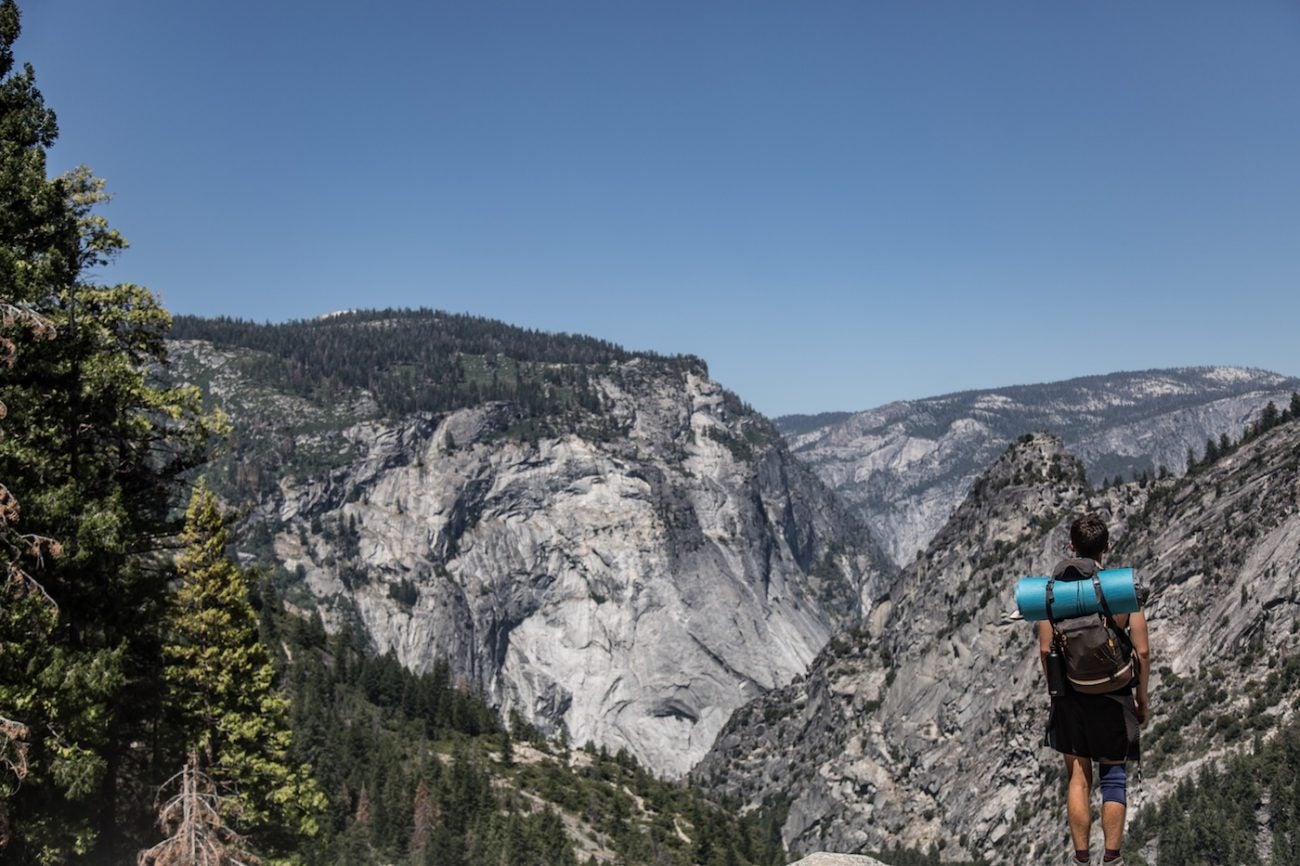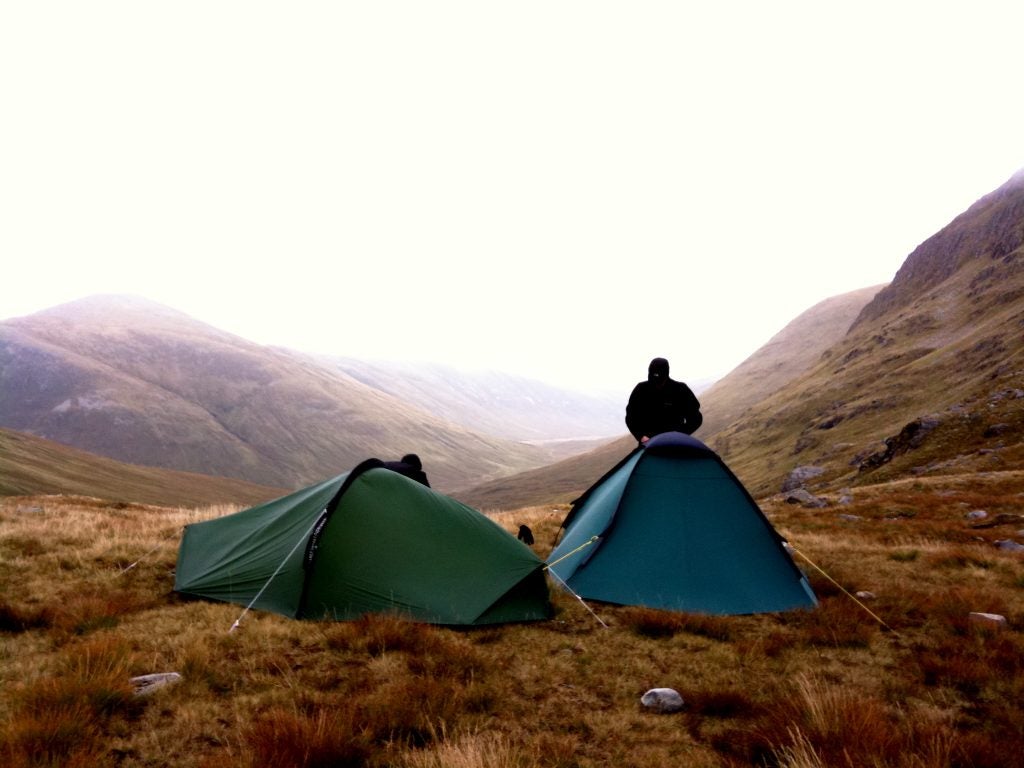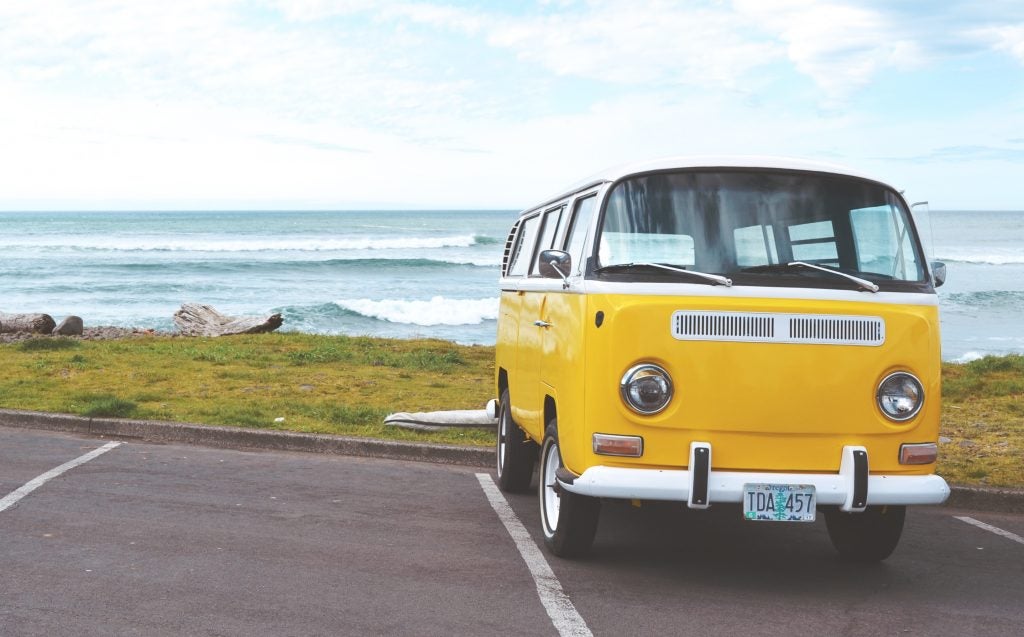If you push yourself on the trail, chances are you don’t always feel spry and ready to hike the next morning. Even the most daring adventurists need time to recover. So, we put together this list of 3 simple tips to recover right.
3 Keys Tips for Hiking Recovery
You just got home and it’s time to get into recovery mode. Focus on these three things and you’ll be back on the trails in no time.
1. Set a Timer and Stretch
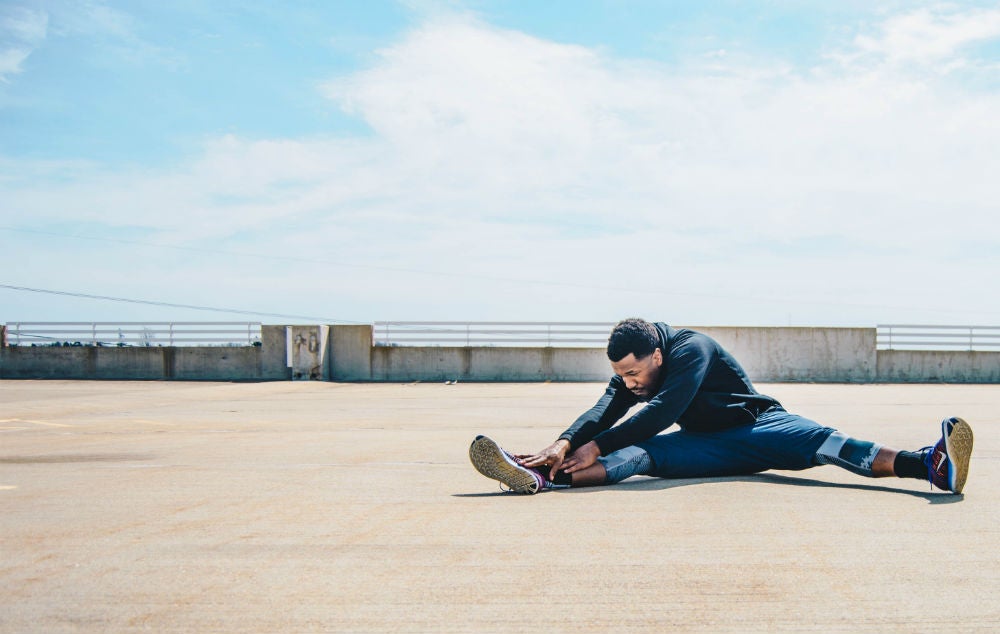
It may seem obvious to get on the floor and stretch your tired muscles when you’re sore, but it’s something that takes more time than we usually allot. Depending on your level of activity, your body will likely require more attention than the traditional “touch-your-toes” stretch. And if you’ve been hiking for days, you’re going to need days to recover.
Rather than just hitting the floor and going through the basics, set a timer for 20 minutes and stretch the whole time. After about 3 minutes you’ll get bored, which is exactly why the timer is helpful.
The timer is almost more important than the stretching itself!
Set your timer, ease into your stretching, and explore different ways to loosen up your feet, legs, back, and more.
2. Eat a Nutrient-Rich Meal

Since your body has likely had to withstand varying degrees in temperature or dicey weather conditions, your immune system may have taken a hit in the process. At the very least, you’ll have lost electrolytes from sweating and exposure. Get back on track by eating Vitamin C-rich citrus or greens, and supplement with Zinc and Echinacea.
A nutrient-rich meal will make sure your body has what it needs to heal quickly.
Of course, your go-to post-hike meal may be a burger and a beer. While your body might feel a bit better with lighter fare, that’s a fine habit to keep — just make sure to get nutrient density in your diet sooner rather than later.
3. Pack Gear that Facilitates Tissue Relaxation
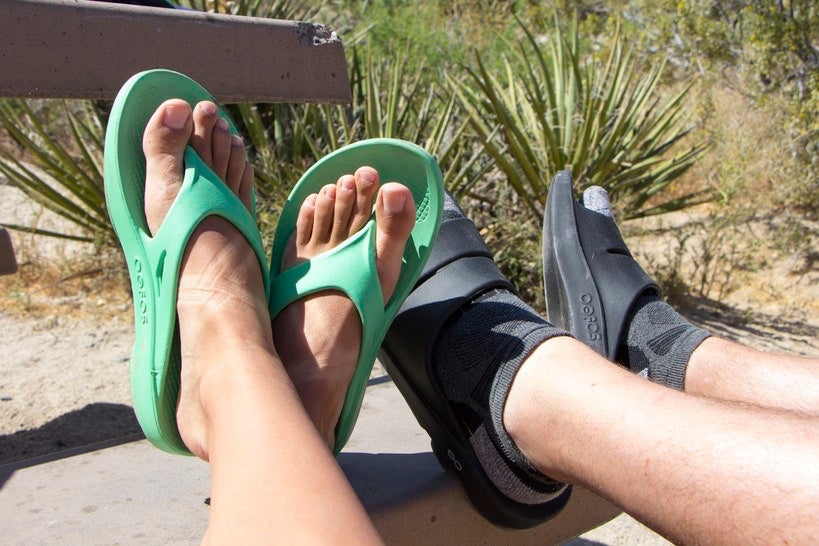
Image from The Dyrt Ranger Jen G. camping at Indian Cove Campground, CA
Your feet were likely protected by your beloved, supportive hiking boots or Chacos throughout your entire trek. These shoes are stiff to protect your feet over rough terrain. After the hike, changing into gear that is more forgiving will help you tissues relax, increasing blood flow, comfort, and recovery speed. We recommend OOFOS sandals for their patented OO-Foam Technology, which feels like stepping into a cloud (literally). The sense of relaxation is almost immediate, and the increased blood flow means you’re ready to go for dawn patrol the next morning.
The Dyrt is the only camping app with all of the public and private campgrounds, RV parks, and free camping locations in the United States. Download now for iOS and Android.Popular Articles:
Articles on The Dyrt Magazine may contain links to affiliate websites. The Dyrt receives an affiliate commission for any purchases made by using such links at no additional cost to you the consumer.

